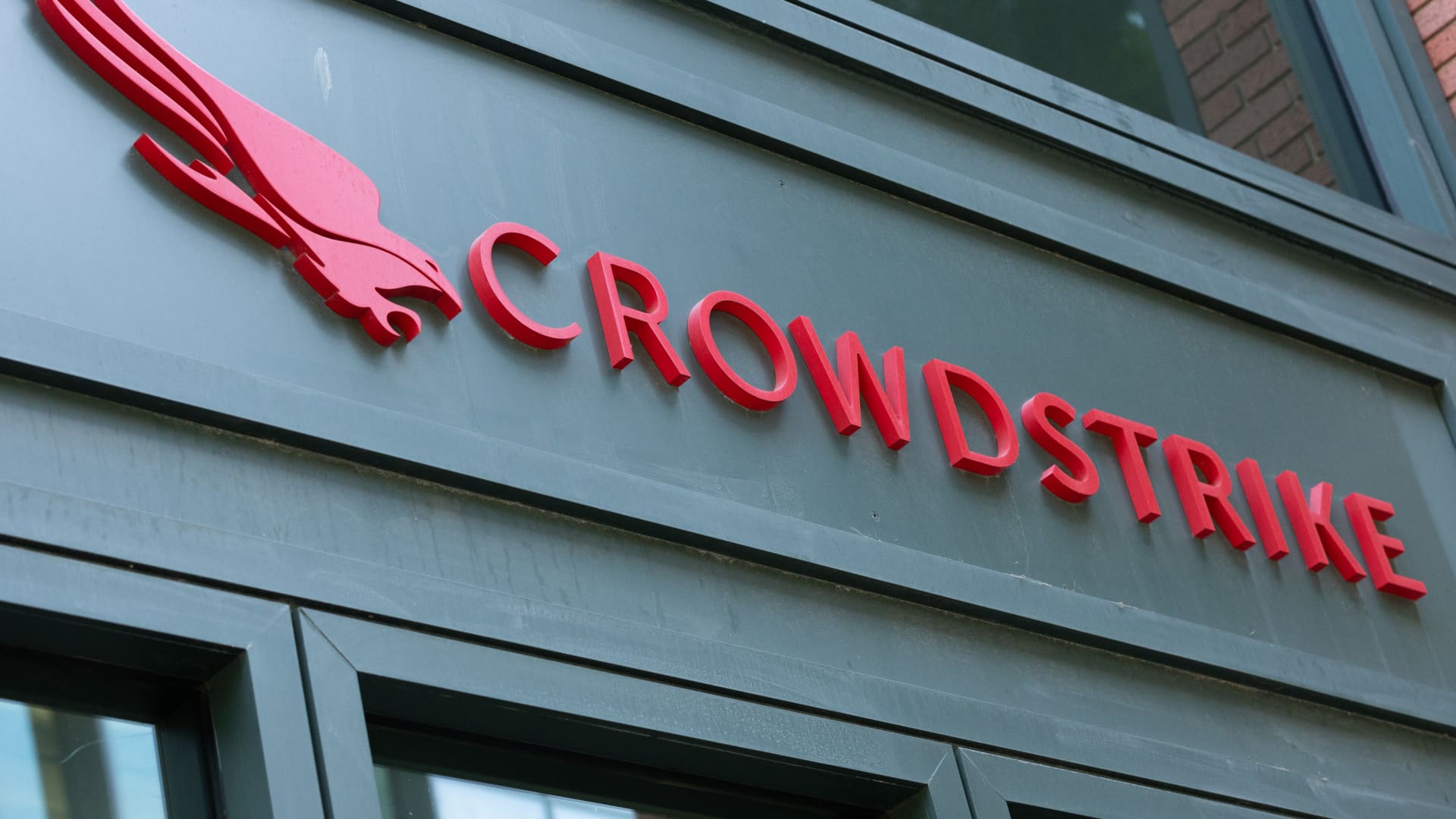30% of workers rely on side jobs to make ends meet. (iStock)
Side hustles are becoming more common, particularly with younger generations who haven’t built up wealth. As of February 2024, 22% of workers in the U.S. had side gigs, a PYMNTS survey found.
The money earned through these side hustles isn’t used as discretionary income, or even for savings, but rather to meet the basic cost of living. Of the 22% of workers with side hustles, 53% are consumers living paycheck-to-paycheck. Additionally, about 30% of workers surveyed said that losing their supplemental income would mean a serious blow to their financial stability.
Even high-income earners rely on side hustles to fund savings and other financial goals. These high-income earners use both passive income streams, such as investments and active income streams like side gigs, to increase their income. About 22% of high earners received extra income via active side hustles while 20% received extra income from passive sources, the PYMNTS study found.
If you’re struggling under a mountain of debt, a personal loan can help you get through it. Credible can show you several personal loan lenders that offer quick loans.
HIGH DEBT IS CAUSING MORE CONSUMERS TO LIVE PAYCHECK-TO-PAYCHECK
Gen Zers take on more side hustles than other generations
The generation that takes on side hustles the most often is Gen Z. According to the PYMNTS survey, 32% of Gen Zers reporting having at least one side hustle.
Since Gen Zers are just starting out, many have lower-paying jobs than their older counterparts. In turn, they make ends meet with multiple jobs and gigs. Many members of the younger generation specifically turn to selling used items as a means of making extra money. About 47% of Gen Z consumers sold a used item within the last year, PYMNTS found.
Compared to older generations, Gen Zers have substantially lower net worth due to their lack of time in the working world. In 2022, the average young adult household had a net worth of $11,200, a Federal Reserve Bank of St. Louis study found. For all adult households in the U.S., the average net worth was $192,100, the survey stated.
Are you trying to balance your income and your debt? If so, consolidating your debt into a low interest personal loan can help. Use an online marketplace like Credible to make sure you’re getting the best rate and lender for your needs.
NEW STUDENT LOAN LAWS CAN HELP BORROWERS MANAGE BETTER IN 2024
Household debt is up across the country
Debt for all Americans is up across the board. In the fourth quarter, household debt increased to $17.5 trillion, a Federal Reserve Bank of New York study said.
Mortgage balances rose the most out of household debt and the total balance is now $12.25 trillion for the entire country. Credit card balances also rose substantially as credit card debt went up by $50 billion and is now $1.13 trillion. Auto loan balances continued to rise as well, increasing by $12 billion and now sit at $1.61 trillion.
And as debts rise, so do delinquency rates. About 3.1% of all debts were in some stage of delinquency as of December. Credit cards and auto loans lead the way in delinquencies.
“Credit card and auto loan transitions into delinquency are still rising above pre-pandemic levels,” Wilbert van der Klaauw, New York Fed economic research advisor, said. “This signals increased financial stress, especially among younger and lower-income households.”
Nearly 8.5% of credit card balances and 7.7% of auto loans transitioned into delinquency at the end of last year.
You could opt for a personal loan with a lower rate to pay off high interest debt. Visit Credible to compare multiple lenders at once and choose the one with the best rate for you.
CONSUMER SPENDING AND DEBT ARE UP AS US ECONOMY BEGINS REBOUND
Have a finance-related question, but don’t know who to ask? Email The Credible Money Expert at [email protected] and your question might be answered by Credible in our Money Expert column.

 Economics1 week ago
Economics1 week ago
 Accounting1 week ago
Accounting1 week ago
 Blog Post4 days ago
Blog Post4 days ago
 Economics1 week ago
Economics1 week ago
 Personal Finance1 week ago
Personal Finance1 week ago
 Economics6 days ago
Economics6 days ago
 Personal Finance1 week ago
Personal Finance1 week ago
 Finance1 week ago
Finance1 week ago










